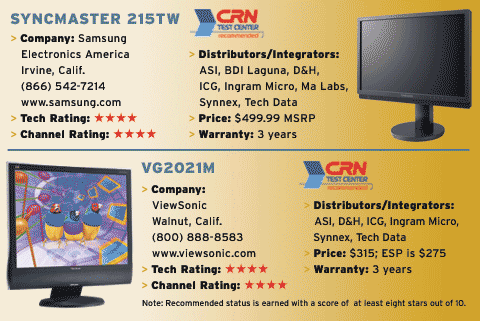A Super Slim Server
The 1U servers have become popular with the SMB market, as well as the enterprise. They are relatively inexpensive, easy to install and service, and 42 of them will fit in a standard rack.
A 1U server has a low-profile design that's about 1.7 inches high and a width that's typically about 18 inches. Most 1U servers have a depth of 2 feet or more and typically weigh about 40 pounds. But Supermicro's new SuperServer 5015M-MR has a depth of just 14 inches and weighs only 17 pounds. (It's actually smaller than a pizza box.) The SuperServer 5015M-MR takes up almost no space by itself, but height-wise it will occupy the same amount of space in a rack as a full-depth 1U server.
As small as the SuperServer 5015M-MR is, it supports the latest dual-core Pentium D processors. Dual-core CPUs contain two processors in one chip, each with its own path to the front-side bus. This permits high-performance parallel computing, which is typically done by high-end clustered systems. A dual-core processor can work on two tasks at once without having applications compete for processing power. For less expensive configurations, the server also supports Pentium 4 Extreme, Pentium 4 and Celeron D processors.
The SuperServer 5015M-MR has an expansion slot that supports PCI and PCI-X cards, and it supports PCI-Express x8 cards using an optional riser board. It only has one 3.5-inch hard drive bay but will accept up to 8 Gbytes of memory. The server is optimized for and sized right for security appliances such as firewalls and VPNs. Of course it's also ideal for typical business applications.
Supermicro sells this server as a barebones white-box unit for only $600, and fully configured units are available from distributors. A typical configuration would contain a 3.2GHz dual-core Pentium D processor, 4 Gbytes of memory and a 300-Gbyte SATA hard drive, all for less than $1,500.
Four DIMM sockets on the motherboard support up to 8 Gbytes of unbuffered dual-channel ECC DDRII 667/533MHz memory. The motherboard also houses dual-port Intel 82573V PCI-Express Gigabit Ethernet and a SATA II controller that supports RAID and up to four hard drives. Unfortunately, the tiny system only contains one hard drive, so RAID formatting is not possible. An on-board ATI RageXL graphics controller has 8 Mbytes of its own memory. An on-board IDE controller supports up to two UDMA IDE devices, one typically being a TEAC 24X slimline CD-ROM drive. The motherboard also includes a floppy controller, although, as with most systems, it does not have a floppy drive installed. PS/2 keyboard and mouse ports are provided, along with two front and two rear USB 2.0 ports, one serial port and one parallel port. A 260-watt power supply heats everything up, and two 4cm fans cool everything down.
The SuperServer 5015M-MR was tested for performance using PassMark's Performance Test software, which can be used by anyone for free for up to 30 days. The 5015M-MR got a PassMark score of 406.2. For comparison purposes, a Hewlett-Packard dual-core server recently got a PassMark score of 439.6, and an Acer 2GHz Pentium M notebook scored 385.5.
Supermicro approaches the hardware channel with a three-tier partner program. Primarily broken down by sales figures, the partner tiers are aimed toward volume. The Gold Distributor level requires $5 million in annual Supermicro sales, Authorized Distributors have a $2 million goal, and VAPs (value-added partners) must reach $1 million annually.
Those goals will be difficult for smaller VARs to reach, but in most cases those VARs can use the distribution channel to get the products. VARs selling racks of servers to enterprise accounts may be able to meet the lower-level sales goals, but there are other obstacles to overcome, namely a minimum requirement for authorized partners to meet $50,000 per month for the first six months of the program.
Supermicro did not release margin information but said its margins in general are competitive with those of other large hardware vendors. The company offers free classroom, online Web-based, on-site, video and audio training workshops, as well as free training sessions at trade shows and road shows. Supermicro also offers partners three levels of free technical support.
Much of the channel support offered by Supermicro revolves around name recognition. That marketing effort should help VARs sell the company's products and build a technical following.
